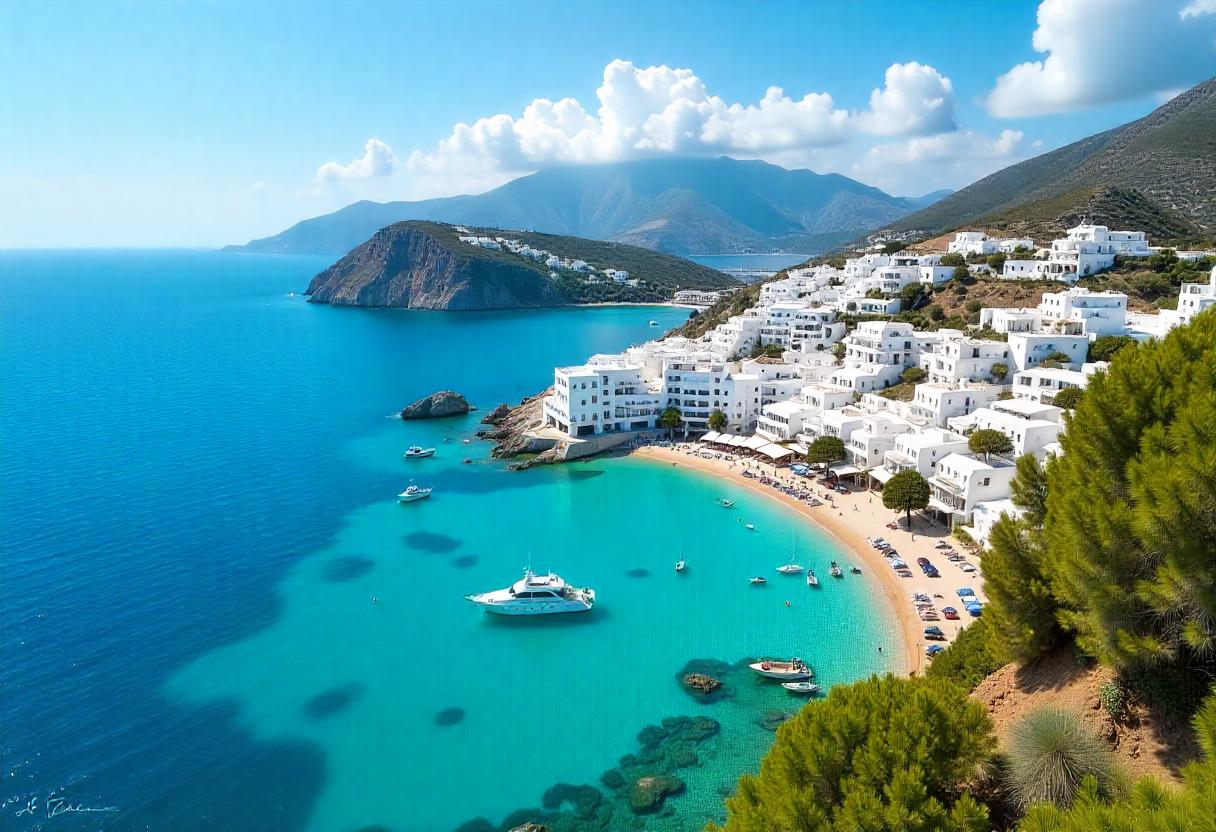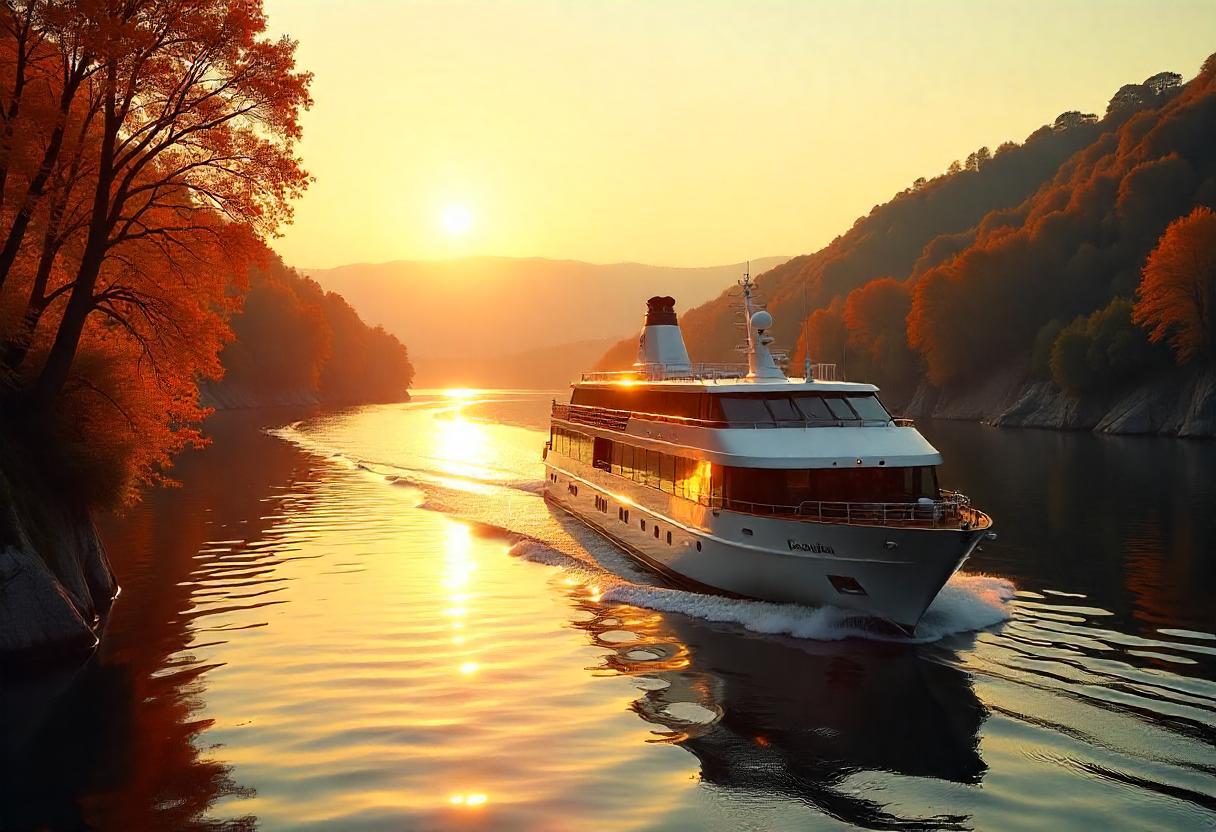Norwegian, CLIA, NCLH, and Travel Experts Raise Alarm as Hawaii's New Eleven Percent Tourist Tax Faces a Potential US Legal Challenge as Cruise Costs Surge - Travel And Tour World
Friday, May 16, 2025

Hawaii’s newly passed eleven percent tourist tax has triggered widespread concern across the U.S. travel industry, with Norwegian Cruise Line, Cruise Lines International Association (CLIA), Norwegian Cruise Line Holdings (NCLH), and travel experts warning of rising cruise costs—from $200 to $350 per passenger—and a potential legal battle. Critics argue the legislation may violate the U.S. Constitution’s Tonnage and Commerce Clauses, putting Hawaii on a collision course with federal maritime law while threatening to disrupt cruise operations, passenger demand, and local tourism-dependent economies.
On May 2, Hawaii’s state legislature passed a new bill designed to tax cruise lines for the first time. Under the law, vessels will be taxed 11% based on the number of days they spend docked in Hawaiian ports. The legislation also increases the state’s Transient Accommodations Tax applied to hotels and short-term rentals from 10.25% to 11%.
The measure is part of a broader initiative aimed at generating revenue for environmental protection and climate adaptation projects. Funds will be earmarked for the protection of natural resources, construction of climate-resilient infrastructure, management of beach and park destinations, and mitigation of tourism-related ecological impact. Supporters have dubbed the new legislation a “green fee,” viewing it as a legacy move toward sustainable tourism management.
Despite its environmental intent, the cruise industry has raised immediate and forceful objections. The Cruise Lines International Association (CLIA), which represents major cruise operators globally, issued written testimony prior to the bill’s passage, warning that the tax could violate the U.S. Constitution. CLIA cited the Tonnage Clause, which restricts states from imposing duties on ships based on tonnage without congressional approval, as a key legal point of contention.
CLIA also pointed to federal laws that prohibit non-federal entities from imposing taxes and fees on vessels operating in U.S. waters, suggesting the state law oversteps legal bounds and could expose Hawaii to liability.
Norwegian Cruise Line Holdings, the parent company of Norwegian Cruise Line, also expressed deep concern, highlighting the financial impact on both the cruise operators and their passengers. According to NCLH, Hawaii’s per-passenger port fees and taxes are expected to rise from approximately . The company argues that the additional financial burden may deter future cruise visits, hurt onboard and portside spending, and negatively affect local businesses reliant on cruise tourism.
Legal experts specializing in maritime and constitutional law have weighed in on the potential legal fallout. Analysts suggest that the new tax could be challenged on multiple constitutional grounds, especially the Tonnage Clause and the Commerce Clause.
The Tonnage Clause (Article I, Section 10 of the U.S. Constitution) explicitly prohibits states from levying duties on ship tonnage without congressional consent. Additionally, the Commerce Clause gives the federal government exclusive authority to regulate interstate and international trade. By imposing state-level taxes that impact cruise operations across multiple jurisdictions, Hawaii could be accused of violating federal preemption principles in maritime commerce.
Legal professionals indicate that if litigation proceeds, it could shape broader precedent on how states interact with the cruise industry and whether local environmental policies can override federal maritime regulation.
The travel industry has echoed concerns raised by cruise operators. Several travel advisors and policy experts warned that although the natural beauty of Hawaii remains a strong draw, the added costs may shift consumer interest elsewhere. For travelers, especially families or retirees on fixed budgets, a $150 per-passenger increase in port-related expenses could influence vacation decisions.
Some experts argue that while tourists may still visit Hawaii, the increased costs could reduce discretionary spending during their stays. Others fear the tax may push cruise lines to reroute itineraries to more economically viable destinations, reducing tourism revenue for local businesses and communities across the islands.
Norwegian Cruise Line plays a unique role in Hawaii’s cruise market. It is the only major operator offering weekly sailings exclusively within the Hawaiian Islands through its U.S.-flagged ship, Pride of America. This ship operates year-round without foreign port stops, a rare exemption in the cruise industry governed by the Passenger Vessel Services Act (PVSA). This unique operational structure could make Norwegian particularly vulnerable to the new tax structure.
A spokesperson for NCLH emphasized that the tax would strain both cruise operators and the local communities they support. Increased operating expenses may eventually limit the economic contribution cruise lines make to the state, as rising costs could suppress demand and reduce ship frequency.
The Hawaii tax measure arrives shortly after cruise lines negotiated the scaling back of a proposed tax in Mexico. Originally intended to charge cruise passengers $42 each, Mexico’s tax was reduced to $5 in the first year, with a gradual increase to a $28 cap by 2028. The cruise industry’s success in tempering the Mexican tax through negotiation contrasts sharply with Hawaii’s approach, where legislative resolve has overridden industry objections.
The Hawaii law could set a precedent for other U.S. states with coastal destinations. Experts warn that if left unchallenged, the law may embolden other jurisdictions to impose similar taxes on cruise ships and their passengers, potentially fragmenting the regulatory landscape and increasing operational complexity for cruise lines navigating U.S. waters.
A maritime legal expert emphasized that the situation is not isolated. “Hawaii’s move could influence other coastal destinations considering taxation models for environmental funding,” the expert stated. “This is a pivotal moment for the future of cruise regulation in the United States.”
Not all voices in the policy space agree with taxing cruise ships directly. Some researchers advocate for a more targeted approach, suggesting that out-of-state visitors could instead be charged access fees to specific tourist sites, such as national parks, beaches, or heritage areas. These destination-based fees could offer a more direct link between tourism activity and environmental preservation, while avoiding potential constitutional conflicts.
Such models are already in place in various U.S. states and global destinations. For example, certain U.S. national parks require advance permits and entry fees, with revenue directed toward infrastructure maintenance, conservation, and visitor management.
Hawaii’s tourism sector represents a significant portion of the state’s economy. Cruise tourism, while smaller in volume compared to air travel, supports a broad range of sectors—from transport and tours to retail and restaurants. Analysts predict that if cruise lines reduce itineraries or skip ports due to cost increases, local economies could face unintended revenue shortfalls.
Stakeholders fear that even a modest decline in cruise visitation could have a ripple effect across the islands, especially for small businesses in port cities that rely on high passenger volumes to sustain operations. Some suggest that instead of achieving sustainable tourism goals, the tax could unintentionally damage the economic engine that funds those very initiatives.
Hawaii’s new eleven percent tourist tax has sparked alarm from Norwegian, CLIA, NCLH, and travel experts, who warn it could violate U.S. constitutional law and drive cruise costs up from $200 to $350. The measure faces a potential legal challenge for burdening interstate travel and threatening the cruise industry’s economic role in Hawaii.
Hawaii’s new 11% tourist tax represents a bold effort to align tourism growth with environmental responsibility. Yet, the reaction from major cruise operators like Norwegian Cruise Line, industry associations like CLIA, and policy analysts underscores the complex tradeoffs involved. As legal challenges loom and cruise costs surge from $200 to $350 per passenger, the state may find itself at the center of a constitutional showdown that could redefine how tourism is taxed and regulated in the United States.
The coming months may determine whether Hawaii’s policy becomes a national model—or a cautionary tale.









